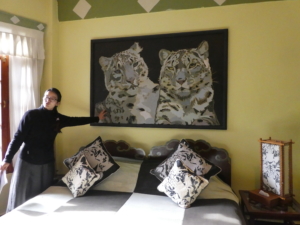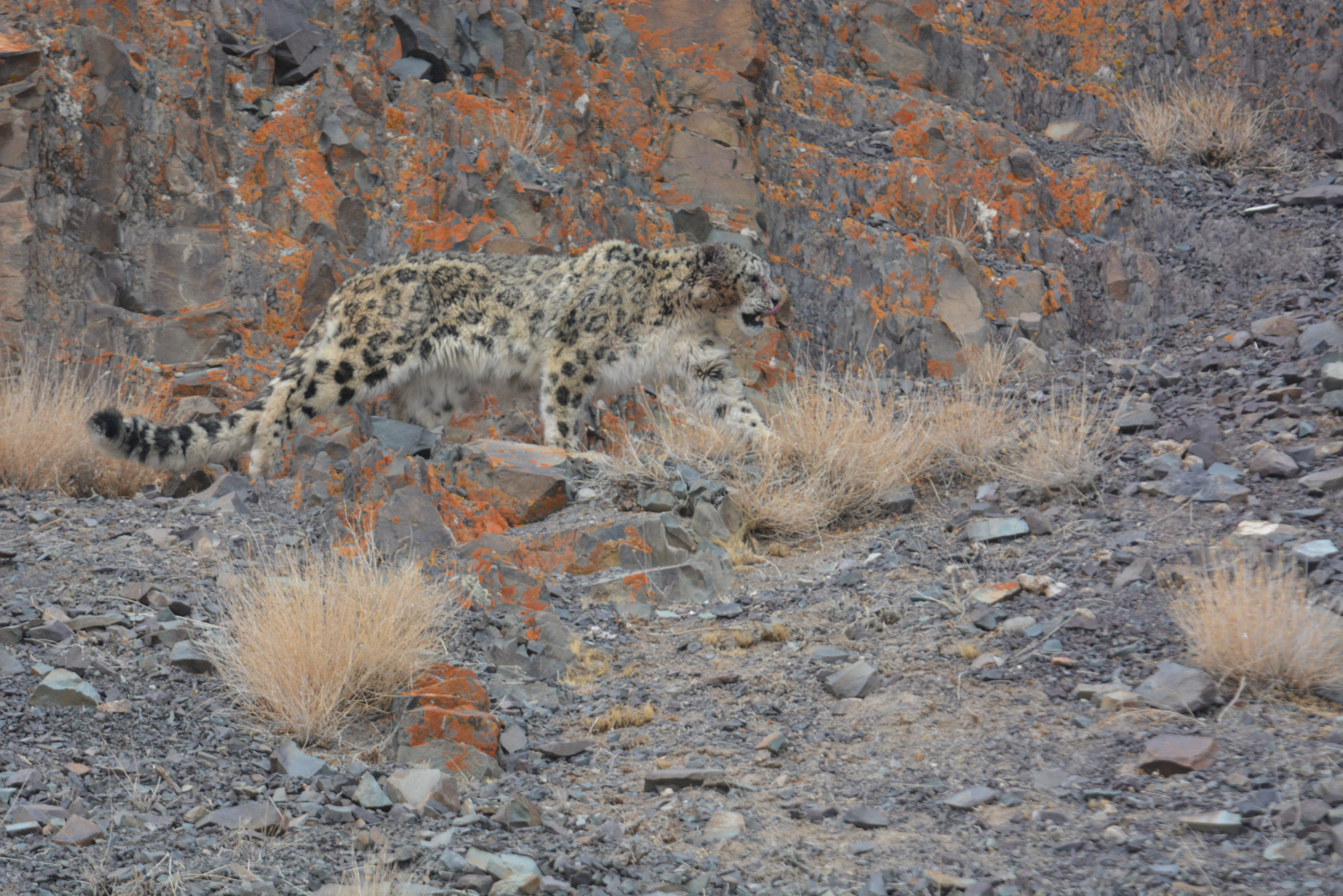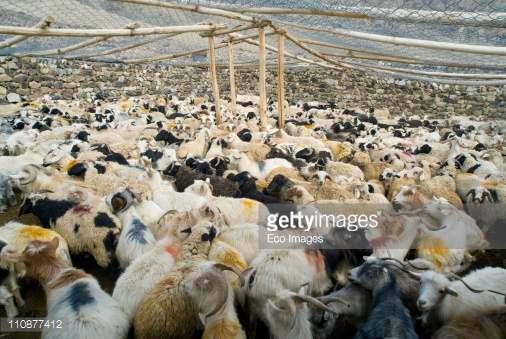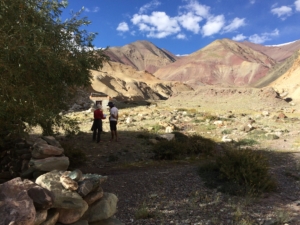Snow leopards and their growing importance for Tibet and Himachal Pradesh
 The snow leopard (Panthera Uncia) is an iconic species for many living in the Himalayan region. In much the same way as its close relative the tiger (Panthera Tigris) is for many in India. What is the situation today?
The snow leopard (Panthera Uncia) is an iconic species for many living in the Himalayan region. In much the same way as its close relative the tiger (Panthera Tigris) is for many in India. What is the situation today?
Leopard populations are estimated to number 2-2,500 (SLSS, 2014) in Tibet and China, e.g. 100 in Mt Everest/Qomolangma region (Jackson, 1994) and 400-700 in India (SLSS, 2014). Their largest range in India is the Western Himalayas of Ladakh and Himachal Pradesh.
The snow leopard is as an indicator species that reflects the condition of ecosystems in the Himalayas. It:
- Is shy and solitary, preferring undisturbed and remote high altitude habitats (above 3200 metres);
- Depends on a good food supply, preferring wild grazing animals such as blue sheep, Ibex, argali and also marmots;
- Needs a good relationship with local communities who:
- have domestic animals on which snow leopards may predate; and,
- may impact snow leopard habitat.
It increasingly offers economic benefits as tourists come to the Himalayas to learn more about snow leopards and their relationships with people, food and habitat.
Indeed, the Snow Leopard is crucial for the future prosperity of Himalayan wildlife and for adjoining communities.
Recently, the International Union for Conservation of Nature (IUCN) changed the status of the Snow Leopard from ‘Endangered’ to ‘Vulnerable’ (IUCN Red list, 2017). The new status was based on clearer information gathered since 2008. IUCN accepts that the animal remains threatened.
Threats to survival include Himalayan economic development such as roads and mining and from poaching and domestic animal retaliatory killing (IUCN Red list, 2017 and SLSS 2014).
Conservation efforts include responses to these threats, education and awareness about snow leopards and new snow leopard protected areas (IUCN Red list, SLSS).
Snow Leopard Trust (SLT) has opposed the IUCN status change because it is based only on 2% of the animal’s range, research was biased towards high-density areas and some populations may have been over estimated. Its concern is that changing status to Vulnerable will reduce conservation efforts (SLT, 14/9/17).
Not so far. For example at a national level, the Global Snow Leopard & Ecosystem Program (GSL&EP) is an initiative of 12 countries planning to offer range-wide protection. Its Bishkek declaration (GSL&EP, August 2017) has confirmed its aim to secure 20 landscapes – protection areas – by the end of 2020. Landscapes could be in Tibet and India, adding to existing areas such as Hemis National Park in Ladakh.
At a local level, the Snow Leopard Conservancy – India Trust (SLC-IT) has received multiple awards for its conservation efforts. Over 15 years, it has changed the attitude of Ladakhi villagers in Shan Valley (literally Snow Leopard Valley in Ladakhi), Markha and Rong Valleys and Zanskar. It helped strengthen and mesh the roof of domestic animal corrals reducing leopard attacks in some areas by 94%. It then created a network of Homestays in these valleys that have encouraged tourists and villagers to support snow leopards. For example, 10% fees paid to Homestay owners go towards support measures such as insurance against livestock depredation (pony kill seen by the author in Markha Valley, Sept 2017). Thereby, snow leopards, tourists and villagers have all benefited. Villagers have now embraced ecotourism principles and have become the stewards of the snow leopard.
Future plans may see villagers take further pressure off livestock depredation by extending the network of grazing set aside for the prey of snow leopards as in the Ulley pilot scheme (SLC-IT)
In 2013, Tibetan Buddhist monks were reported as championing snow leopard conservation. Monks were trained to monitor and protect wildlife and supported in teaching tens of thousands of people about the conservation value of snow leopards through festivals and educational programs. (SLC, Tibet monks).
With these promising signs and your help supporting this snow leopard ecosystem, maybe the future for snow leopards and the wildlife they depend on is positive. One day they may thrive in harmony with people all the way from Tibet to Himachal Pradesh.
bye Simon Cavendish, Marvin Westerveld and Amelia Rozelle
(Simon saw no signs of snow leopards in Tibet (Aug 2017), but did in Markha Valley (Sep 2017) and worked for SLC-IT in Aug/Sep 2017).
Snow leopard is known as sah, sarken in Tibetan and bharal he or barfani chita in Hindi (SLSS 2014)
References
SLC, Tibet monks, 2013





comment 0